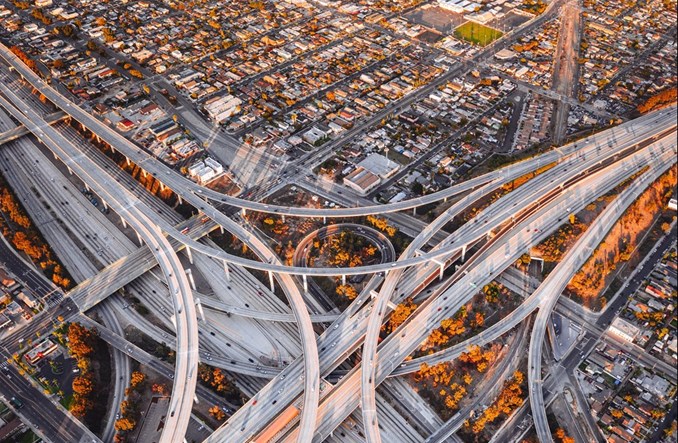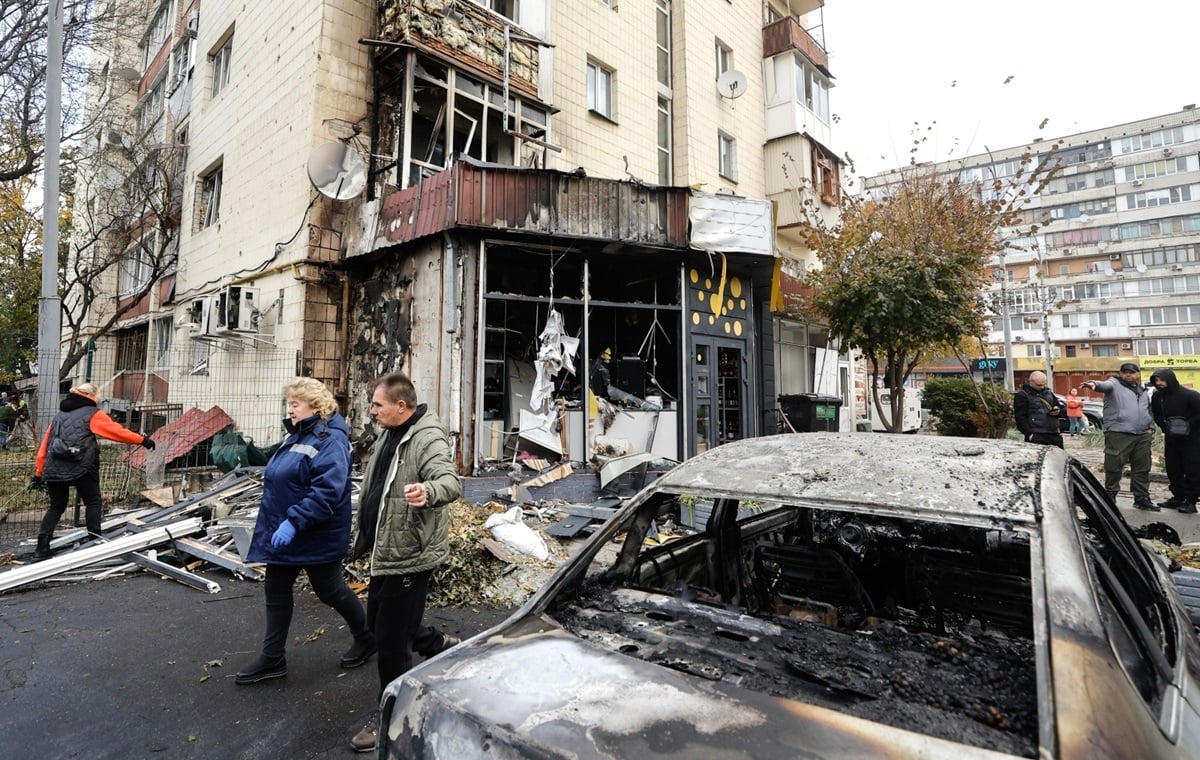California removes the number of parking spaces. This is a major change, one that will result in lower house prices, reduced car use and, in the long run, improvements in people’s quality of life and climate. Los Angeles won’t become Amsterdam overnight, but at least now there will be a chance.
In practice, this means that, as long as there is an alternative to cars, it will be possible to use the plot more efficiently – the space devoted to parking lots so far could be used for cheaper and more accessible housing development. for the average Californian – and it’s the housing, apart from energy crisis, that’s currently ongoing, the biggest challenge from the authorities.
On the other hand, the new regulations, together with other regulations, will allow in the long term to increase building density and reduce the demand for individual transport, which will translate into lower emissions and reduced fossil fuel consumption. .
California is at war with parking lots
To fully understand the scale of change and realize how much land transportation has dominated American thinking and urban planning, it is enough to look at the County of Los Angeles itself. In the area of about 10.5 thousand. km2 is inhabited by about 10 million people. 517 km2 is occupied by the parking lot itself – an area that is almost ten times larger than the whole of Manhattan, or if you choose a closer comparison, more or less the area of Warsaw. And there are more than 15 million parking spaces throughout the San Francisco Bay Area, more than twice the number of registered cars, and that’s still a number that doesn’t include garages and private homes.
Until recently, in accordance with applicable regulations (similar regulations apply throughout the United States and Canada), in California cities, developers had to provide a certain number of parking spaces depending on the investment. For example, when building a single-family house, it must be equipped with two parking lots, and by building a small restaurant, 10 parking spaces for customers – in practice, this means it is smaller than the surrounding square.
California also has a major impact on air pollution from road traffic. Transport is responsible for about 50% of regional CO2 emissions, and if a country is to achieve its climate goals, it must focus not so much on electrification of transport but on significant reductions in its use, and this is not possible without total change. in transportation policy. Instead of cars, efficient and fast public transport is needed – changing parking policy rules does not solve this problem by itself, but it is an important step towards reducing car use and encouraging alternatives.
US in the clutches of cars
As they write on the page CityLAB Gernot Wagner and Matthew Lewis in the United States, the number of parking spaces is estimated at about 2 billion, and is used by 280 million cars, which provides an average of about 90 m2 of parking space per car – more than the average floor area per person in the United States. OUR.
But why is this happening? Since the US auto boom, which simplifies a bit, since the beginning of the production of the Ford T, automakers have been promoting the use of the new agent in every possible way. In the late 1930s, General Motors launched Futurama – a vision of a future world filled with cars, suburban homes, skyscrapers, and highways. However, it was only after the Second World War that the United States, entering into a period of unprecedented prosperity, could begin to implement this bold solution.
Highway in the middle of the city
In the 1950s, the space of American cities was completely hijacked. In many cities, existing congested districts were demolished, where new highways often appeared. Cities began to overflow on an unprecedented scale, and the auto-centric America as we know it was born. America with a single-family home in the suburbs, separated from public transportation, but with a large and full of shopping malls drive through.
It was then that the parking policies and zoning rules that are now common in the US began to take shape. The former introduces a height limit for parking lots depending on the type of construction (each client must park), while the latter severely limits the possibility of constructing buildings for multiple purposes. In accordance with the regulations in force in the United States in the field of spatial development (which is called zoning law), single-family housing based on an irregular network of roads was preferred, as a result of which a large suburban house was created, which was almost impossible to service by public transport.
Only a combination of planning, building conditions, parking restrictions, and expansion of public transportation can bring about significant changes in the way American cities function. Only such actions can put the US in the face of a housing and energy crisis. The recent changes that California has made are going in the right direction, but this is only the beginning of a revolution.

“Reader. Future teen idol. Falls down a lot. Amateur communicator. Incurable student.”


![Bogusław Wołoszański: “Achieving nuclear weapons would be the beginning of World War III” [WYWIAD]](https://storage.googleapis.com/bieszczady/rzeszow24/articles/image/877236c0-66fd-457a-9eb4-41792f9077ff)




